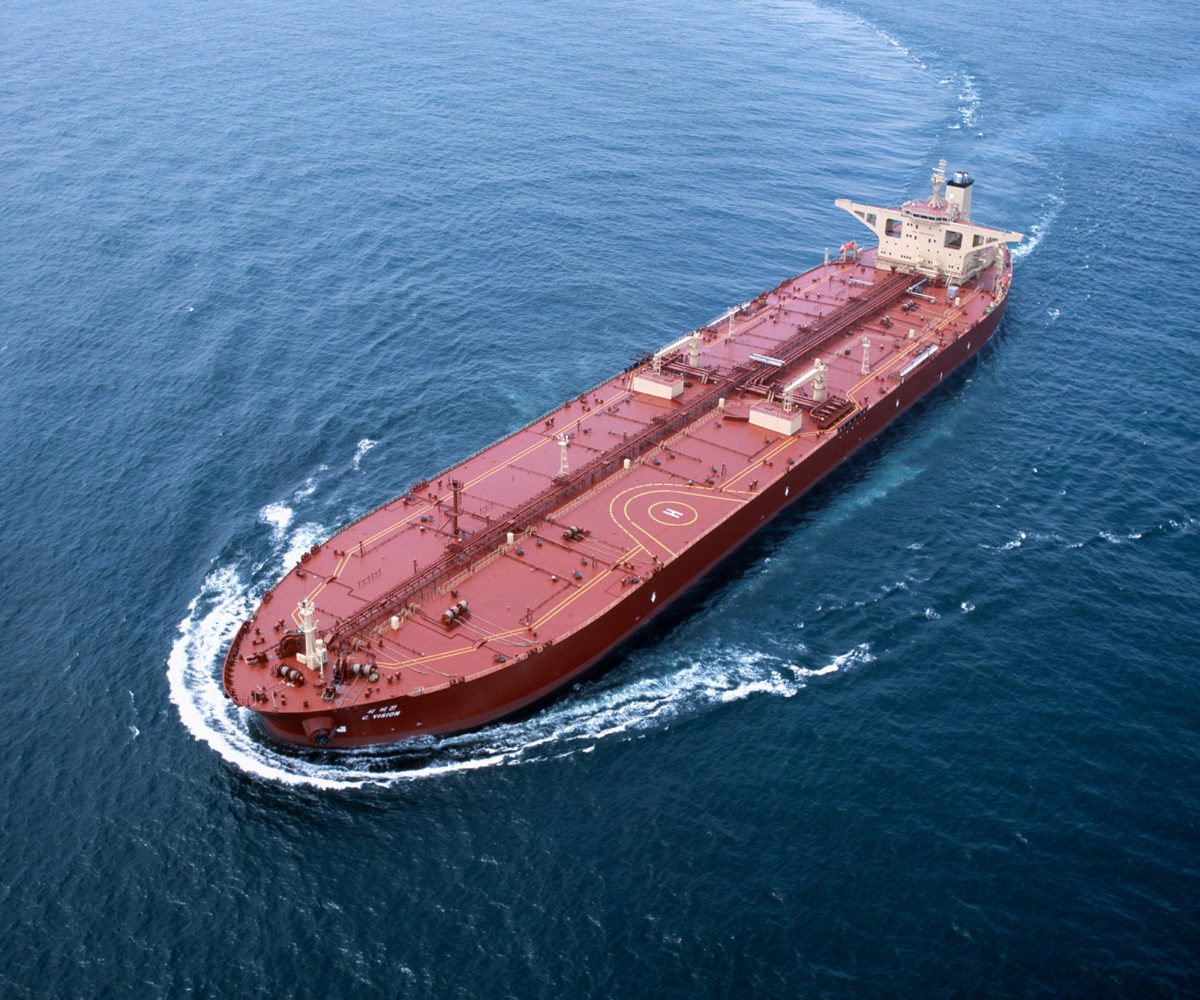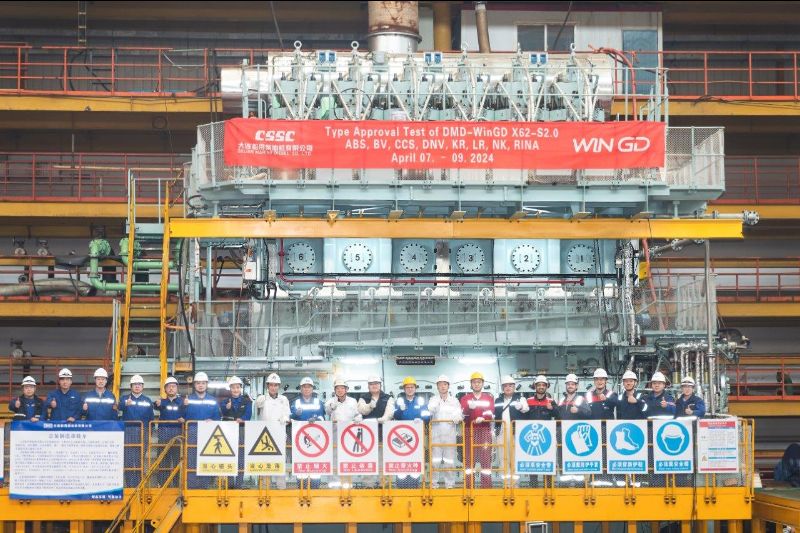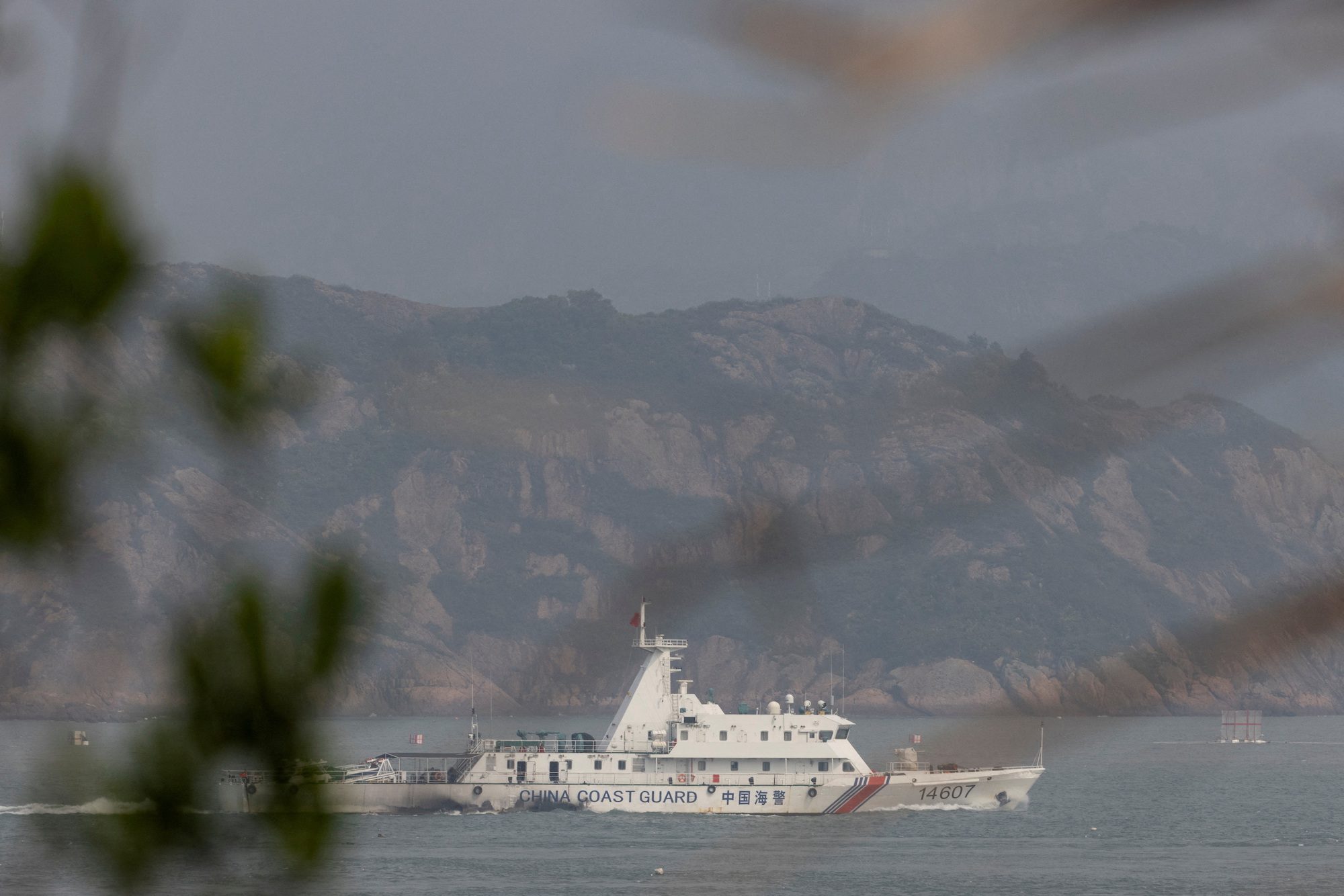
VLCC Rates Lower for 10th Straight Session, Middle East is “Sufficiently Supplied”
Returns for the biggest oil tankers hauling Middle East crude to Asia, the industry’s busiest trade route, fell for a 10th session amid speculation cargoes are too few to boost charter costs.
Daily earnings for very large crude carriers on the benchmark Saudi Arabia-to-Japan voyage lost 0.2 percent to $14,346, figures from the Baltic Exchange in London showed today, staying at was the lowest level since Nov. 13.
VLCC bookings slid by half from the prior day and the Middle East is “sufficiently supplied” with ships, Marex Spectron Group said in an e-mailed note today. The fleet will expand 5.3 percent this year, below 6.3 percent demand growth, according to Clarkson Plc, the world’s largest shipbroker. Each of the tankers can hold 2 million barrels of crude.
“Rates were again not able to break out of current levels,” Kevin Sy, a Singapore-based freight-derivatives broker at Marex Spectron, said in the report. “There are probably 15- 20 cargoes to go, which is not tight enough to propel rates higher.”
The exchange’s assessments don’t reflect speed cuts aimed at reducing fuel costs, vessel owners’ largest expense. They can boost returns by slowing ships on return journeys after unloading cargoes. The cost of marine fuel was unchanged for a fourth session today at $620.65 a metric ton, according to figures compiled by Bloomberg from 25 ports.
Charter costs for VLCCs on the benchmark voyage were little changed at 42.63 industry-standard Worldscale points, exchange data showed. That compares with 42.65 as of Jan. 2.
The Worldscale system is a method for pricing oil cargoes on thousands of trade routes. Each individual voyage’s flat rate, expressed in dollars a ton, is set once a year. Today’s level means hire costs on the benchmark route are 42.63 percent of the nominal Worldscale rate for that voyage.
The Baltic Dirty Tanker Index, a broader measure of oil- shipping costs that includes vessels smaller than VLCCs, slid 1.2 percent to 646, according to the exchange. That was the lowest reading since Sept. 27.
– Rob Sheridan, Copyright 2013 Bloomberg.

Subscribe for Daily Maritime Insights
Sign up for gCaptain’s newsletter and never miss an update
— trusted by our 109,121 members

Get The Industry’s Go-To News
Subscribe to gCaptain Daily and stay informed with the latest global maritime and offshore news

 Join The Club
Join The Club








